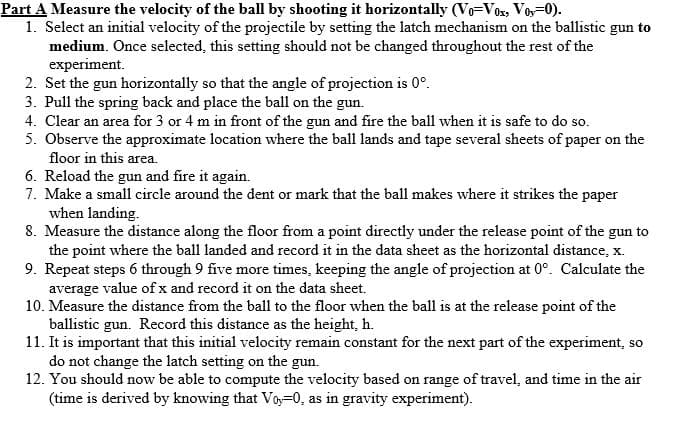Displacement, Velocity and Acceleration
In classical mechanics, kinematics deals with the motion of a particle. It deals only with the position, velocity, acceleration, and displacement of a particle. It has no concern about the source of motion.
Linear Displacement
The term "displacement" refers to when something shifts away from its original "location," and "linear" refers to a straight line. As a result, “Linear Displacement” can be described as the movement of an object in a straight line along a single axis, for example, from side to side or up and down. Non-contact sensors such as LVDTs and other linear location sensors can calculate linear displacement. Non-contact sensors such as LVDTs and other linear location sensors can calculate linear displacement. Linear displacement is usually measured in millimeters or inches and may be positive or negative.
I need help finding the velocity of this.
How far each ball traveled:
1. 238.5875 cm
2. 238.9875 cm
3. 239.1875 cm
4. 238.7875 cm
5. 233.8875 cm
6. 239.7875 cm
Average: 238.204 cm
Height of ball from floor: 32 Inches

Step by step
Solved in 2 steps with 8 images









